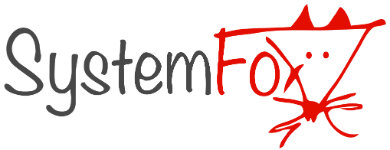in SAP, the organizational structure refers to the framework used to represent the hierarchical relationships and organizational units within an enterprise. The organizational structure in SAP serves as the foundation for defining and managing various aspects of business operations, including reporting relationships, authorization assignments, and data segmentation.
Key components of the SAP organizational structure include:
- Company Codes: Company codes represent legal entities or independent accounting units within the organization. Each company code is assigned a unique identifier and is responsible for financial accounting and reporting.
- Operating Concerns: Operating concerns are used in the SAP Controlling (CO) module to represent business segments or profit centers within the organization. They are used for internal management reporting and analysis.
- Organizational Units: Organizational units represent the structural elements of the organization, such as departments, divisions, plants, or sales offices. Organizational units are used for defining reporting relationships, assigning responsibilities, and controlling access to data and transactions.
- Organizational Structures: SAP supports various organizational structures, including hierarchical structures, matrix structures, and network structures. These structures can be modeled using organizational units and relationships defined in the SAP system.
- Master Data: Master data objects, such as customers, vendors, and materials, are often organized and managed within the context of the organizational structure. For example, customers may be assigned to specific sales organizations or distribution channels.
- Authorization Roles: Authorization roles in SAP are often based on the organizational structure, defining access rights and permissions based on the user’s position within the organization. This ensures that users only have access to the data and transactions relevant to their roles and responsibilities.
- Reporting and Analysis: The organizational structure forms the basis for reporting and analysis in SAP, allowing organizations to analyze business performance, track costs and revenues, and monitor key metrics across different organizational units.
Overall, the organizational structure in SAP provides a framework for organizing and managing business operations, facilitating efficient decision-making, resource allocation, and collaboration within the organization. It serves as a key element in configuring SAP systems to support the unique requirements and processes of each organization.
